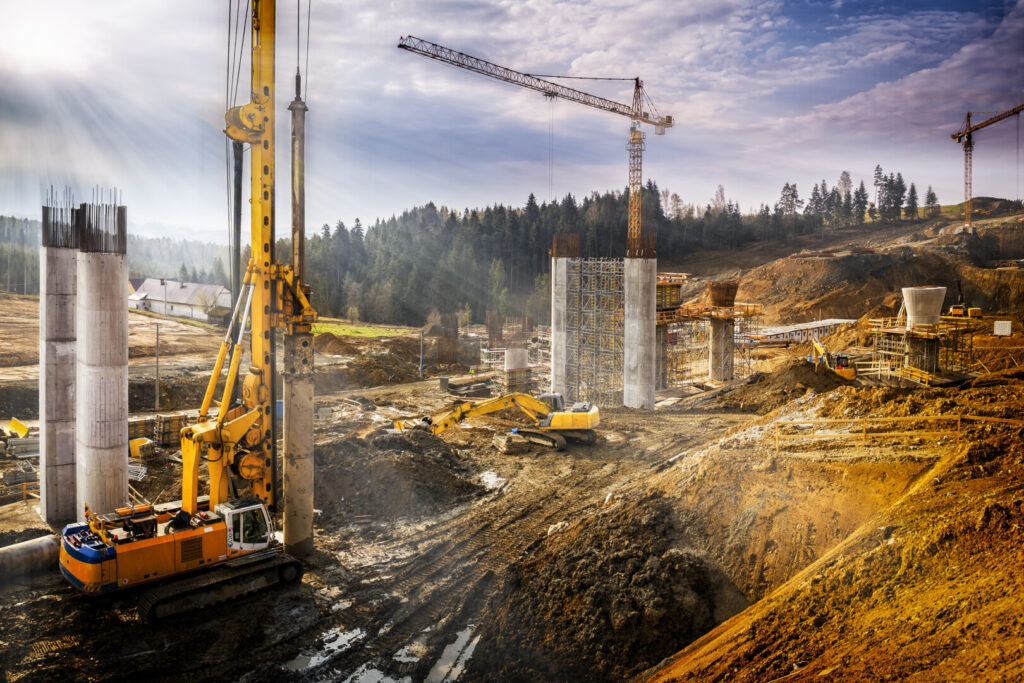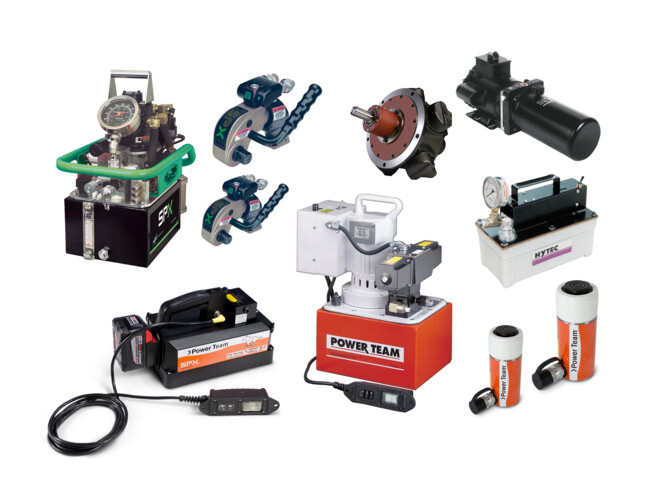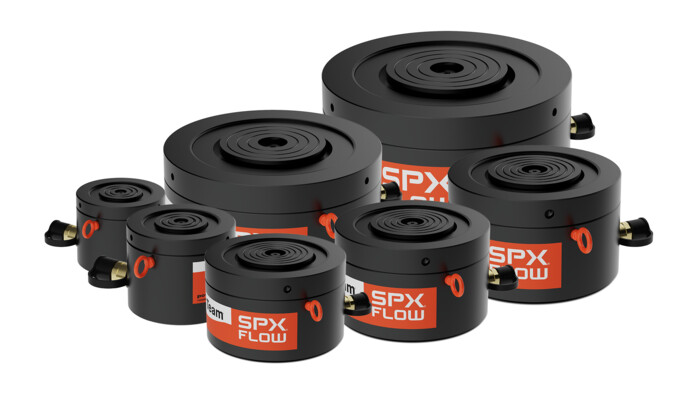SPX Flow offers hydraulic technologies worldwide for several industries, such as construction, mining, infrastructure, power generation and transportation.

The hydraulic technologies are relied on for heavy lifting, controlled bolting and large-scale construction. In the coming weeks, the hydraulic equipment will lower a Coffer Dam in New Jersey to support a bridge project raise the Palace Theater on Broadway by 30 feet for real estate expansion and offer customized maintenance, repair and operation (MRO) solutions for power plant infrastructure improvements.
“From building bridges and stadiums to specialized projects, the goal is help lift or lower a heavy object accurately and evenly through all location points. If just one point is out of synch, that can introduce stress points or flex the object, which can cause a drastic increase in the cost of the project. More importantly, it raises safety concerns and could cause catastrophic failure.”
said David Lundquist, a global product manager for SPX FLOW.
Lundquist highlighted products from several SPX FLOW brands that can safely, efficiently help with:
- Controlled movement and positioning of equipment, buildings or bridges
- Structural testing in civil engineering
- Weighing or determining center of gravity of a heavy object
- Leveling an object with the latest tilt technology

SPX FLOW’s Power Team brand offers an RGP Series of construction pancake cylinders that help with lifting in tight or confined spaces, such as bridge bearings on end caps or piers. The RGP Series is available with lifting capacities from 55 – 565 Tons (60,8 – 512,6 Metric tons).

The Power Team’s lowering motion control system (MCS) also helps both quality and safety.
The MCS product is often used in applications where load position is critical, carrying out precision movements automatically within a one-millimeter degree of accuracy from point-to-point. That happens through a Programable Logic Controller (PLC) that receives feedback from various sensors to fire valves at millisecond speeds with a primary focus that’s safe for the object and the team.
“Without that, many workers would need to turn valves or take measurements too close to the lift points. It’s an example of how our engineers design safety measures into every product.”
Lundquist said.


 Copyright 2017-2025 All rights reserved.
Copyright 2017-2025 All rights reserved.